Inca Trail Packing List
If you are planning a journey in Peru and want to do some hikes around the Andes, This packing list will help you to organize and prepare for a lifetime adventure in one of the most incredible regions on South America. Our expert team choice carefully the small details on every kit that you will need for a safe and successful hike. Bringing the right personal gear, clothing, gadgets, medication, etc. is just as important as choosing the right trek for your fitness level and travel preferences as well as booking with a reputable company.
For more information about what you should pack for a specific trek in Peru, read our articles at the following links: Treks in Peru
Essential packing list for The Inca Trail, Salkantay Trek, Ausangate Trek and Lares Trek.
Documents

DOCUMENTS
If you are going for hike to other country of course you need your passport, this document you need to keep with on different trails in Peru, there is an official checkpoint at the start of each trails that works to enforce the strict limits on how many visitors can walk on the trail per day.

A DAY BACKPACKS
To begin packing the right things you need a daypack, nowadays there are some light versions of backpack which offers a great performance to enjoy your hike, it is essential to carry your personal items like snacks, sun cream, camera, money and passport, hat, headlamp, etc. The best daypack has compression straps to reduce weight stress on your back, make sure it has holder/pocket for water bottles and loop for trekking poles is quite handy as well. Another important thing what you should make sure on your daypack is to see if it has a rain cover, the weather on the mountains is unpredictable.
CLOTHING ITEMS

Trekking pants
For men normal light fast dry hiking pants will be fine, if you go hiking in winter months – warmer waterproof pants. For women, we’d suggest packing trekking pants and yoga pants. Recommend always take both and prefer wearing yoga pants – they stretch easily and are more comfortable. For hiking in lower temperatures, I usually put thermal pants underneath.

Rain jacket
Wind and a waterproof jacket with hood in case of strong wind or rain. It also worth taking a compact rain poncho, that can quickly be put on should you encounter rain.

Fleece
Always pack one when you go hiking in Peru even if it’s warm during the day at night in the mountains it always gets chilly. If you hike in winter you might need a fleece for wearing during the day under your rain jacket.

Hiking shirt
A set of two long sleeve shirt and two T-shirt will be enough. The weather on the mountains will change quickly and we recommend to bring stretchy running shirts (both long and short sleeve). If you’re planning to do high altitude hikes in Peru rather, take long sleeve thermal shirts will be better.

Underwear
Take a set of underwear, we recommend 5-6 pairs with depending on a hike duration. These have to be sport underwear.
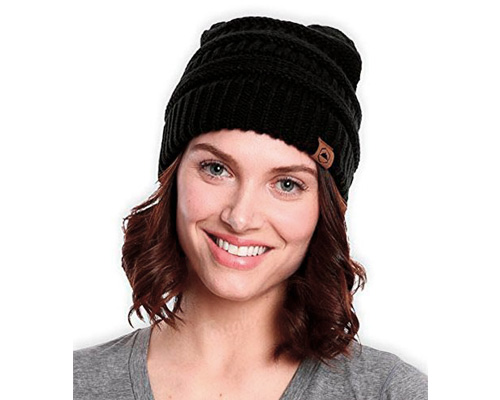
Beanie
We’d recommend taking a beanie, it can be quite chilly in the morning.
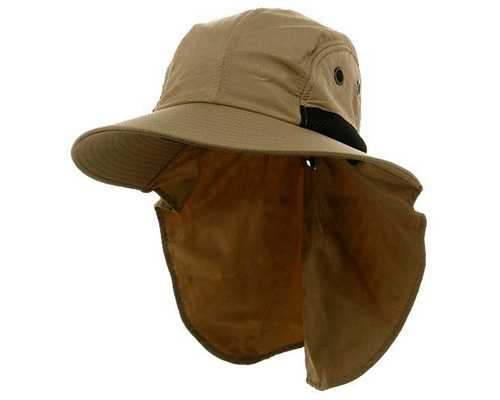
Cap/hat
A must have in the mountains for sun protection. We usually recommend take a hat on hikes. It has to be light easy to bend that can fit into your daypack.
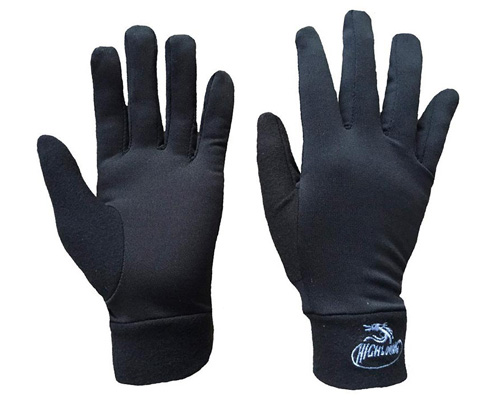
Gloves
If you do one of the high-altitude hikes (over 3500m) or hike in winter – definitely take gloves with you, this will help you while you are hiking even on the rain.
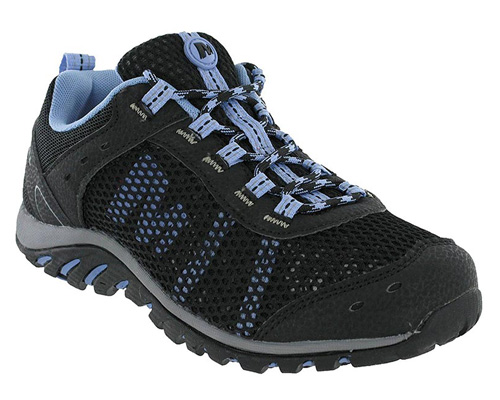
Hiking shoes
Good boots is a must have for hiking in the mountains. What is important in hiking shoes;
• waterproof
• breathing
• have good grip – sometimes you walk on muddy or rocky terrain
• fit good – you have some space to wiggle your toes
• good quality – won’t fall apart after one hike

Hiking Socks
3 or 4 pairs of hiking socks depends of long hike you have, we recommend Coolmax merino hiking socks. Some advantages of merino wool socks; don’t absorb odors, protect your feet, dry quickly, very durable and blister protection
SLEEPING BAG
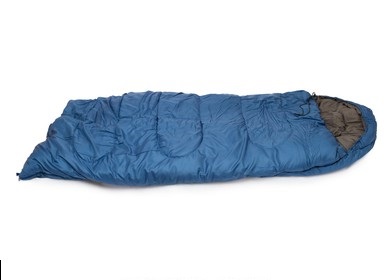
SLEEPING BAG
Would recommend having one that can go down to -15°C/5°F comfort in case it gets really cold and it can even in summer, depends of the trail the tents can be covered in snow. Look out for a sleeping bag that has a mummy-shape with an insulated hood and draw chord so that it fits the contours of your body.
ACCESSORIES

Water bottle
You can use a normal water bottle of 2-3 litters with purifying tablets or filter. All the hiking backpacks has an extra compartment for a camelback, in this case you need to make sure that you get a very good camelback to prevent it is leaking.

Camping towel
We recommend for microfiber towel; light, small, dry quick, easy to wash and pack.

Trekking poles
It’s not compulsory but recommended to have, all the time you hike in the mountains there many steeps descend that can be tough on your knees, especially if you walk downhill with a heavy backpack – poles will help to reduce the load on the ankles, knees and hip joints.

Headlamp
Headlamp is always necessary at any hikes, it will hep you to read your book before to sleep inside of your tent, or when you are going to the toilet. The trails mostly are located away on the remote area where there is not electricity.
PERSONAL GEAR AND MEDICATIONS





